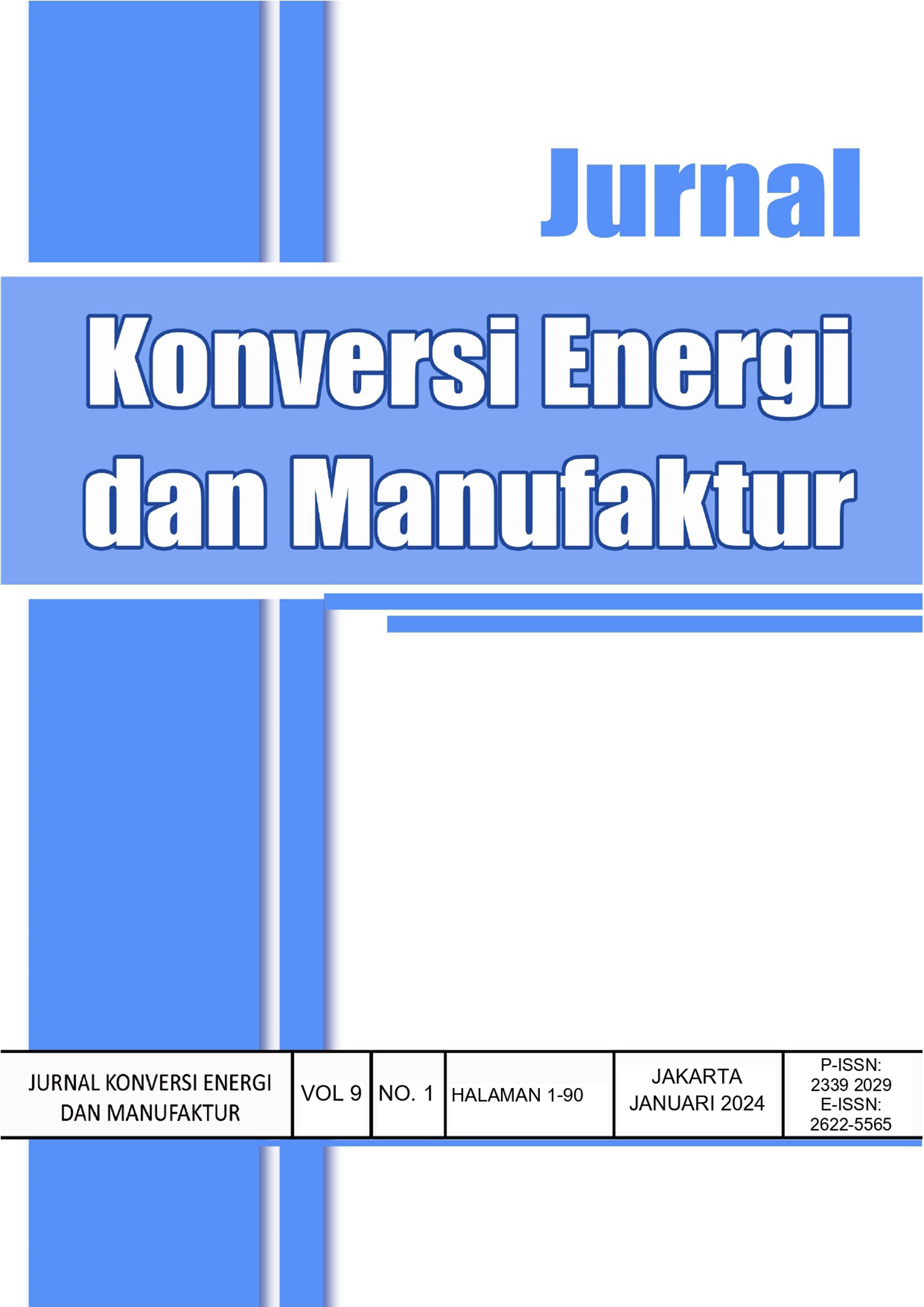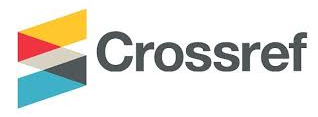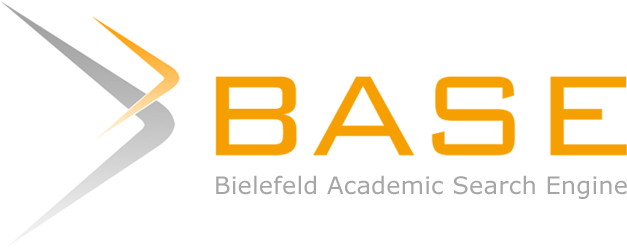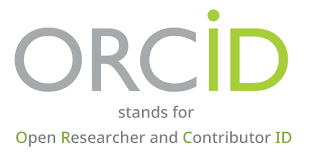SISTEM RESIRKULASI AIR OTOMATIS UNTUK PENGHEMATAN AIR BERSIH DAN ENERGI PADA BUDIDAYA IKAN NILA
The Automatic Water Recirculation System for Clean Water and Energy Saving in Tilapia Farming
DOI:
https://doi.org/10.21009/JKEM.9.1.5Keywords:
Turbidity Level (NTU), Acidity Level (pH), Microcontroller, Energy SavingAbstract
The acidity and turbidity of water are essential factors in tilapia farming, so it is necessary to control the acidity (pH) and turbidity (NTU) of water. This research aims to develop an automatic water recirculation system to save the use of clean water and energy consumption in tilapia fish farming using a microcontroller based on pH and turbidity (NTU) values. The research method used is experimental, starting with design and manfacture an Experimental apparatus in the form of a fish pond from a box-shaped tarpaulin, a filter system, a water circulation system consisting of pipes and a pump that has a suction power of 25 lpm, an Arduino-based microcontroller water quality controller. Tests were carried out by comparing water's pH and NTU values before and after filtering. The results showed that using a water recirculation system in a fish pond equipped with a filter system and an Arduino-based microcontroller system can significantly maintain the pH value and reduce the turbidity level (NTU). Using a recirculation system provides energy savings for pump consumption of 51.4% at a water flow rate of 15 lpm and 32.3% at a water flow rate of 25 lpm compared to conventional systems. Overall, the recirculation system provides the benefits of energy savings in pump operation, savings in water usage, and controlled water quality.
References
[2] L. E. Hadie, E. Kusnendar, B. Priono, R. R. S. P. S. Dewi, and W. Hadie, "Strategi dan Kebijakan Produksi pada Budidaya Ikan Nila Berdaya Saing," Jurnal Kebijakan Perikanan Indonesia, vol. 10, no. 2, pp. 75-85, 2018.
[3] F.. a. A. O. o. t. U. Nations, "Globefish Highlights a Quarterly Update on World Seafood Markets: International Demand for Tilapia Steady, though US Market Weak with Discouraging Prices," 2017.
[4] Terpalindo, "Panduan Lengkap Budidaya Nila di Kolam Terpal Bulat." [Online]. Available: https://kolamterpal.net/wp-content/uploads/2019/09/Ebook-Premium-Panduan-Budidaya-Nila.pdf
[5] H. Efendi, A. G. Permana, and A. Hartaman, "Perancangan dan Implementasi Alat Monitoring Kelayakan Air pada Kolam Ikan Berbasis Internet Of Things (iot) menggunakan Mikrokontroler," eProceedings of Applied Science, vol. 6, no. 3, 2020.
[6] G. Imaduddin and A. Saprizal, "Otomatisasi Monitoring dan Pengaturan Keasaman Larutan dan Suhu Air Kolam Ikan pada Pembenihan Ikan Lele," JUST IT: Jurnal Sistem Informasi, Teknologi Informasi dan Komputer, vol. 7, no. 2, pp. 28-35, 2017.
[7] R. Sukarno, N. Putra, I. I. Hakim, F. F. Rachman, and T. M. I. Mahlia, "Multi-Stage Heat-Pipe Heat Exchanger for Improving Energy Efficiency of The HVAC System in a Hospital Operating Room 1," International Journal of Low-Carbon Technologies, vol. 16, no. 2, pp. 259-267, 2021, doi: 10.1093/ijlct/ctaa048.
[8] R. Sukarno, "Pengaruh Penggunaan Air Kondesat debagai Media Precooling Kondensor terhadap Kinerja Sistem Pengkondisian Udara," Jurnal Konversi Energi dan Manufaktur UNJ, vol. 5, no. 2, pp. 90-95, 2018.
[9] R. Sukarno, N. Putra, and I. I. Hakim, "Non-Dimensional Analysis for Heat Pipe Characteristics in the Heat Pipe Heat Exchanger as Energy Recovery Device in the HVAC Systems," Thermal Science and Engineering Progress, vol. 26, p. 101122, 2021, doi: https://doi.org/10.1016/j.tsep.2021.101122.
[10] L. Pérez-Lombard, J. Ortiz, and C. Pout, "A review On Buildings Energy Consumption Information," Energy and Buildings, vol. 40, no. 3, pp. 394-398, 2008, doi: https://doi.org/10.1016/j.enbuild.2007.03.007.
[11] N. Ahmed and G. M. Turchini, "Recirculating Aquaculture Systems (RAS): Environmental Solution and Climate Change Adaptation," Journal of Cleaner Production, p. 126604, 2021.
[12] M. Badiola, O. Basurko, R. Piedrahita, P. Hundley, and D. Mendiola, "Energy Use in Recirculating Aquaculture Systems (RAS): a Review," Aquacultural engineering, vol. 81, pp. 57-70, 2018.
[13] S.-Y. Zhang, G. Li, H.-B. Wu, X.-G. Liu, Y.-H. Yao, L. Tao, and H. Liu, "An Integrated Recirculating Aquaculture System (RAS) for Land-Based Fish Farming: The Effects on Water Quality and Fish Production," Aquacultural Engineering, vol. 45, no. 3, pp. 93-102, 2011, doi: https://doi.org/10.1016/j.aquaeng.2011.08.001.
[14] A. P. Simanjuntak and R. Pramana, "Pengontrolan Suhu Air pada Kolam Pendederan dan Pembenihan Ikan Nila Berbasis Arduino," Jurnal Teknik Elektro FT UMRAH, pp. 1-10, 2013.
[15] S. R. Fauzia and S. H. Suseno, "Resirkulasi Air Untuk Optimalisasi Kualitas Air Budidaya Ikan Nila Nirwana (Oreochromis Niloticus)," Jurnal Pusat Inovasi Masyarakat (PIM), vol. 2, no. 5, pp. 887‒892, 2020.
[16] P. Y. Merucahyo, A. B. Sadewo, C. Karuru, and A. T. Priantoro, "Pengendali Otomatis Kualitas Air Kolam Ikan Berbasis Wireless dengan RFM12-433S," Widya Teknik, vol. 15, no. 2, pp. 88-98, 2016.
[17] F. Norjanna, E. Efendi, and Q. Hasani, "Reduksi Amonia pada Sistem Resirkulasi dengan Pengunaan Filter yang Berbeda," e-Jurnal Rekayasa dan Teknologi Budidaya Perairan, vol. 4, no. 1, pp. 427-432, 2015.
[18] H. T. Sularso, "Pompa dan Kompresor," PradnyaParamita, Jakarta, 2004.






















